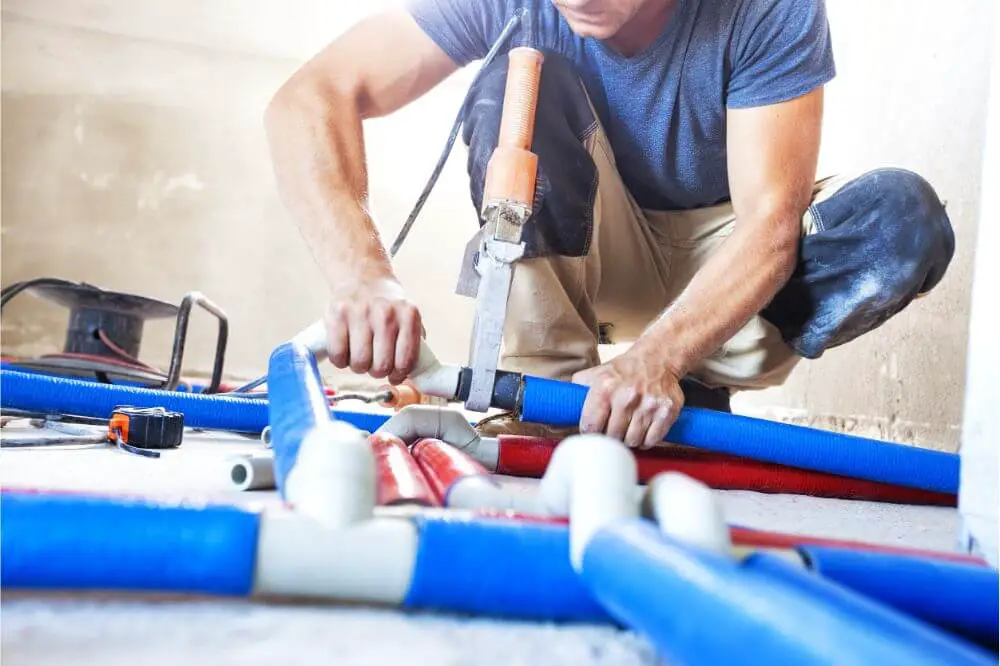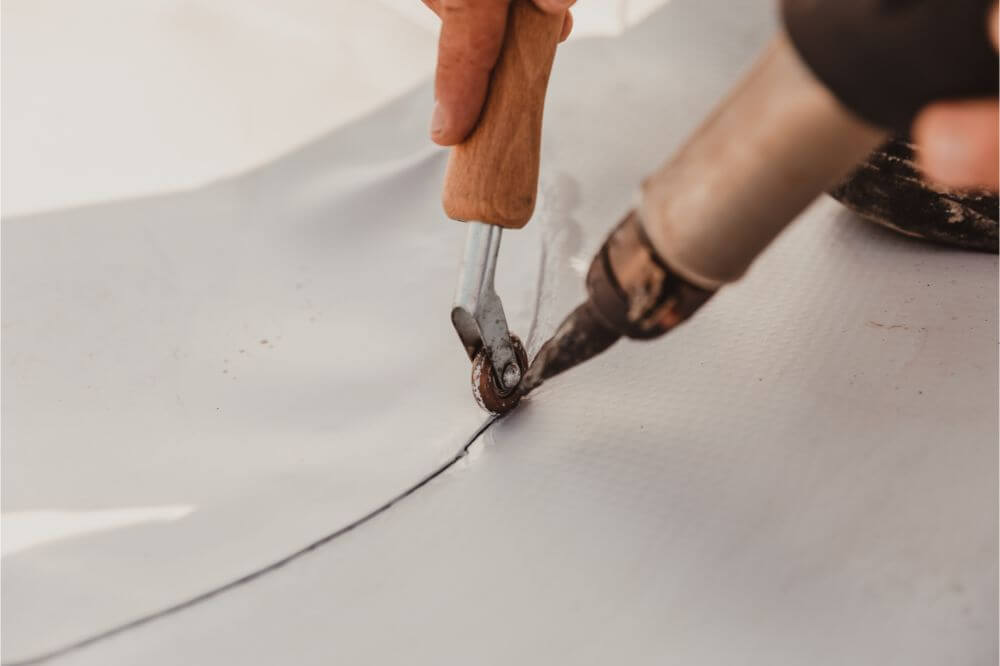Plastic is everywhere…
This is not the old days your grandfather and grandmother told you about. Back then everything was made of metal and lasted a long time. Today most things are made of plastic and they do not last.
The reason plastic items do not last is that plastic can be fragile and break very easily. The good news is that you can repair that plastic without having to go out and buy a new toy or appliance.
The bad news is that you won’t end up with the item looking like it did when it was new. Keep reading to find out how to fix plastic without using duct tape and keep the plastic’s good looks.
Can You Weld Plastic With a Soldering Iron?
As you know most plastic is not very durable and can crack very easily. When that happens most people just toss the item in the trash and go out and purchase a new one. Save your budget as you can use a handy workbench tool to repair those cracked plastic items.
Yes, you can use your soldering iron to weld plastic pieces back together again. It takes a little skill and know-how but it is better than spending the money replacing those still good toys, etc.

Steps to weld plastic
| Step | Activity | Description |
|---|---|---|
| #1. | Plug in your soldering iron | This tool takes a few minutes to warm up and you can do some of the other steps while waiting for it to reach optimum temperatures |
| #2. | Clean the plastic | Use soap and a degreaser. Do this even if the material looks clean |
| #3. | Sand the edges | You want to work with smooth edges as they melt together easier |
| #4. | Start the welding | Push the two edges together and pick up your soldering iron and start melting the plastic |
| #5. | Adjust the plastic | The weld takes some time to cool and solidify so while the plastic is still hot and movable, make any adjustments you need to make at this point |
| #6. | Strengthen the plastic weld | This is optional but adding thin strips of plastic to your weld helps the two pieces stay together when you are done |
| #7. | Make sure to fully melt the plastic | This step is the only way to get a true and solid bond between the two pieces as well as the strengthening pieces you use |
| #8. | Go over your work | You want to use swift, smooth strokes to create an even look and be as close to the original look as possible |
| #9. | Clean the tipAlways clean the tip so you can use it the next time without delay |
Tips for welding plastic
It pays to follow some of the tips you receive when doing this task. Those tips help you do a great job and make the plastic last a little bit longer. Here are a few tips to guide you as you get set to and are doing the work:
- Pick the right tip– each crack is different so pick the tip that will work the best for the problem you have. Sometimes thin tips are best and some times chisel tips work better.
- Practice on scrap plastic– this is important and even if you are a skilled soldering workman, working with plastic is different. Get some practice in so you know what to do when you work on the real crack
- Try the bottom or back side– if you want to hide the weld and if it is possible to do, work on the side of the crack that won’t be seen by anyone.
- If possible use an adjustable heat soldering iron– this gives you better control over your work and helps you make adjustments when you need to make them.
- Take your time– Plastic is fragile and one slip could have you poking a hole in the plastic item with the soldering item. Don’t rush your work
- Wear safety gear– this is especially important for your nose. Welding plastic can give off harmful fumes so you need to protect yourself.
- Weld in a well-ventilated area– outside is the best place but if you can’t go out, then open windows to get a good airflow
- Clean the tip before you use it– there may be leftover flux, oxides, or melted metals on the tip. Clean those off before you get started welding plastic. This will give you a smooth edge to work with
- Clamp the plastic pieces– if you need both hands to work, clamp the plastic pieces in place to make sure they remain still until you are ready to move them.
An alternative method…
If you are not skilled at using your soldering iron, or you just can’t get the crack to remain closed, there is an alternative method that may help you out and still save you money.
First, you hold the plastic together and spread some super glue over the closed crack. The wider you go with the glue the stronger the reinforcement but do not go too wide. Second, place a layer of baking soda over the glue covering the glue so it cannot be seen. You can use your finger to even the baking soda out.
Third, cover the baking soda with more super glue and be generous here. Then let dry. Once the mixture is dry, turn the plastic piece over and do your welding with your soldering iron.
Follow the steps outlined above and implement the tips so you get a strong weld.
Some final words
Welding plastic is about as hard as regular soldering. It takes a little time but it can be done effectively. Just watch out for the fumes as they can be dangerous to your health if you inhale too much.
Make sure to do some practicing first as plastic is fragile and you need a deft touch to make the result look good. Practice on scrap pieces until you have the confidence to handle the real crack.


